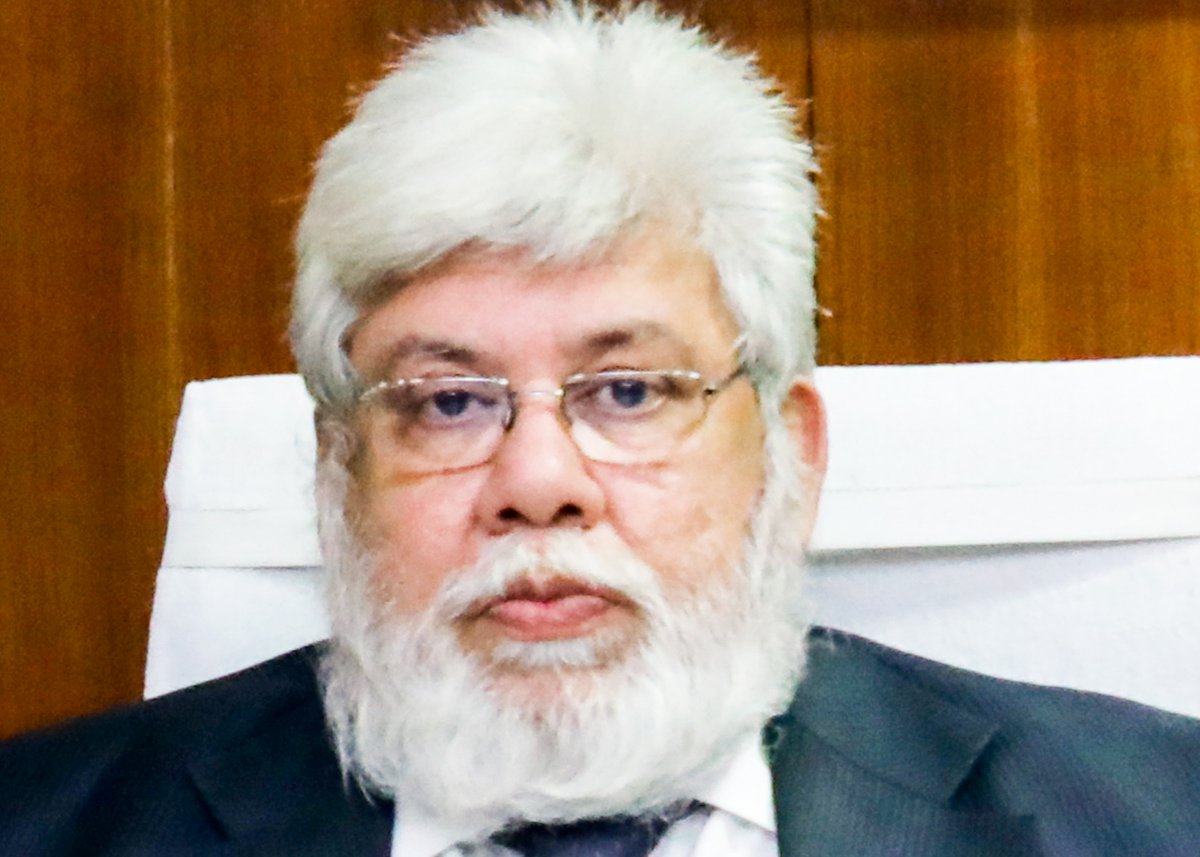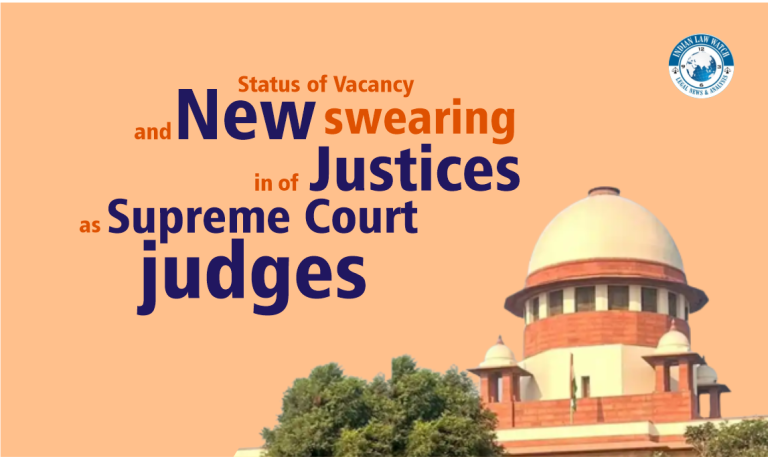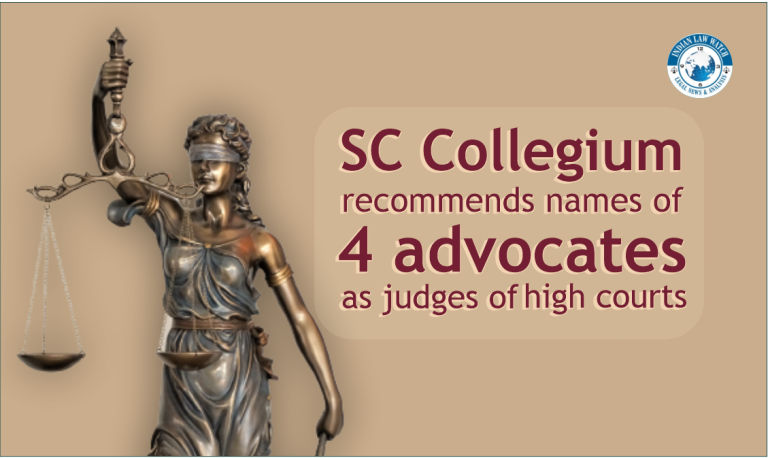
Transfer in government postings and judicial appointments are often viewed as grey areas or punishment posting depending upon the place, issue of seniority. The Supreme Court logo strives to direct that it should uphold dharma in every aspect of their functioning including administrative functioning. The discussion is catching up in various newspapers due to recent transfer order of Justice Sanjib Banerjee, the chief justice of the Madras High Court is being transferred as the Meghalaya High Court. The catch is from presiding over a strength of 75 judges the new posting will only have 4 judges.
Justice Banerjee is second CJ to be moved to Meghalaya. In January 2021, Justice Sanjib Banerjee then of the Calcutta High Court, was appointed as the chief justice of the Madras High Court. The Supreme Court Collegium has recommended the transfer of Madras High Court Chief Justice Sanjib Banerjee to Meghalaya High Court. The collegium has also recommended the Union Government to transfer Allahabad High Court Judge Justice Munishwar Nath to the Madras High Court. The decision regarding the same was taken at a meeting of the Collegium held on September 16, but the official announcement was made on Tuesday (9 Nov).
In 2019, the then Chief Justice V K Tahilramani had resigned in protest against her transfer from the Madras High Court to Meghalaya High court.
Article 222 of the Constitution makes provision for the transfer of a judge (including the Chief Justice) from one High Court to another. The proposal for the transfer of a judge should be initiated by the Chief Justice of India (CJI) whose opinion in this regard is determinative. Consent of a judge for his first or subsequent transfer, according to the Memorandum of Procedure (MoP), would not be required. All transfers, the memorandum makes it clear, are to be made in the public interest, that is, for promoting ‘better administration’ of justice throughout the country. The Supreme Court derives its power to select, appoint and transfer judges from its verdicts in Three Judges Cases. After a spate of “punishment transfers” of upright judges by the Central government during the Emergency in 1975, the judiciary arrogated to itself the power to preserve judicial independence. Thus, the collegium system consisting of the Chief Justice of India and four senior-most judges of the Supreme Court was put in place.
The CJI should take into account the views of one or more Supreme Court judges who are in a position to offer his/their views, which would assist in the process of deciding whether a proposed transfer should take place, the memorandum adds. The recommendation is then submitted to the Prime Minister, who will then advise the President. After the President approves the transfer, the Secretary to the Government of India in the Department of Justice will announce the transfer and issue the necessary notification in the Gazette of India.
The gap in understanding the basis of transfer give rise to issue of assigning proper reason to transfer. A Constitution Bench of the Supreme Court held already that the office of the Chief Justice of India is amenable to the Right to Information Act.On a close reading, the judgment does not offer any straightforward answer on whether collegium resolutions are to be disclosed under RTI. What emerges from the judgment is that there is no unqualified or unfettered right to information regarding collegium decisions.The judgments of Justices Khanna and Ramana in 2019 show a guarded approach in allowing RTI to collegium decisions. Justice Khanna seems to suggest that disclosure of final collegium decision and internal deliberations.
Image source: Twitter





